The war that neither side wanted began this week in earnest. After last week’s exploding pagers and walkie-talkies reportedly injured 1,500 members of Hezbollah’s military forces, the Israeli Air Force began a broad campaign of air strikes against Hezbollah targets across Lebanon, assassinating several senior leaders of the group while targeting long-range missiles hidden in warehouses and the roofs of private residences. Hezbollah in turn fired long-range missiles for the first time, including a half-ton monster that targeted the Tel Aviv region.
However, just days into the higher-intensity conflict, suddenly the media this morning was full of reports of an imminent ceasefire. What happened?
This most recent round of conflict began on October 8 last year. While Israel was still reeling from the surprise attacks from Gaza and massacres of the day before, and still fighting to reclaim kibbutzim held by Hamas terrorists, Hezbollah began firing rockets at Israeli towns right by the border, eventually forcing the evacuation of more than 100,000 Israelis. While the towns around Gaza have mostly been repopulated, some residents of northern Israel have been living in hotels for nearly a year.
All through that time, Hezbollah has been firing rockets, RPGs and explosive-laden drones into Israel, and Israeli forces have been attacking Hezbollah commanders and operatives, mostly in south Lebanon but sometimes wider afield like the Bekaa valley or in Syria.
Despite many opportunities for broader escalation, both sides have tried to duck all-out war. After a Hezbollah rocket killed twelve Druze children in the Israeli-controlled Golan Heights, the IDF killed Fouad Shukr, one of Hezbollah’s most senior terror commanders, in Beirut, but both sides still managed to de-escalate. Israel avoided bombing Beirut except for the occasional senior assassination. Hezbollah didn’t fire any of its huge, long-range ballistic missiles at central Israel. As I wrote before, this wasn’t a stable situation.
But a better beginning would be 2006, after the last major war between Israel and Hezbollah. Israel invaded to flush Hezbollah away from the border, devastating Lebanon but winning only minor successes against the terror group. United Nations Security Council 1701, which was the basis of the 2006 ceasefire, was supposed to guarantee that Hezbollah would withdraw to north of the Litani river and that the Lebanese military would take control of the border.
Little by little in the past eighteen years, that resolution was eroded to nothing. On October 8, Hezbollah outposts lined the border flying the organization’s flag. Israel was preparing, waiting for an attack from the north.
It was Hamas in the south that attacked, catching Israel by surprise and killing 1,200 Israelis. But in Lebanon, the IDF and security services had been hard at work for years preparing. Planting explosives inside thousands of pagers and radios and getting them to Hezbollah was an operation that must have taken a decade to pull off. Nearly a year of precise strikes showed Israel knew exactly where Hezbollah operatives were, and the recent batch of assassinations shows that top commanders aren’t out of reach either.
But airstrikes may not be enough of a military response to achieve Israel’s primary stated aim: the safe return of the 100,000 evacuees to their homes. The Israeli military are openly preparing for a ground invasion of southern Lebanon, with the IDF chief of staff telling soldiers their “military boots will enter enemy territory” to force Hezbollah back north of the Litani.
Against this background of a troop buildup, the US and France begun an overnight push for an urgent four-week ceasefire. This ceasefire would be the basis for negotiations between Israel and Hezbollah, and potentially leave a window to restart the stalled ceasefire and hostage talks with Hamas in Gaza. Initially, both sides seemed positive, with Amit Segel, an Israeli journalist considered especially close to Benjamin Netanyahu, reporting that Israel was interested in the ceasefire.
This morning, though, while Netanyahu himself was in the air, traveling to the UN General Assembly in New York, the political scene exploded with anger. Members of Netanyahu’s coalition, like Religious Zionism leader Bezalel Smotrich, fumed about the idea of a ceasefire, and there was even pushback from several Knesset members inside the Likud party. After Likud foreign minister Yisrael Katz said there would be no ceasefire, eventually Netanyahu’s office put out an equally hard-line confirmation.
But it’s not just the right. There’s just a sense that, so far at least, Israel is winning. After less than two weeks of fighting, Hezbollah has been struck by the most serious blow in its existence. The pagers, the cellphones, the assassinations and the targeting of up to half of its missile stock are bigger successes for Israel than it achieved throughout the disaster of the 2006 war. Equally important is Iran’s reluctance, at least so far, to jump into the war on Hezbollah’s side. There’s a sense that a ceasefire now only sets up another round of conflict in a few years’ time.
For now, Hezbollah is holding back, and so is Israel. There was one missile on Tel Aviv, not the many thousands they supposedly control. The Israeli Air Force is bombing arms dumps in southern Lebanon but not Beirut. And the ground troops haven’t gone in. But this abortive ceasefire effort may have been the last chance to prevent the broader, wider escalation.
For eleven months, neither side wanted this war. On Israel’s side, that might not be true anymore.
This article was originally published on The Spectator’s UK website.



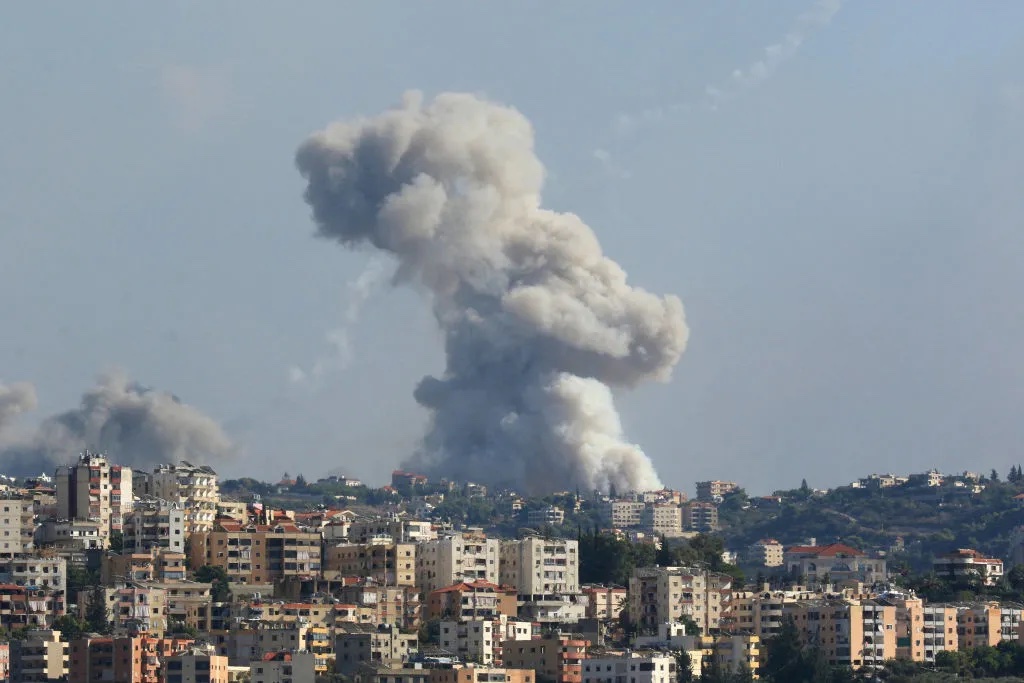






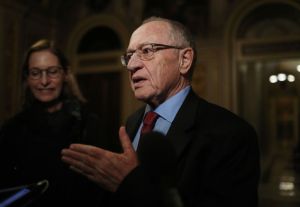


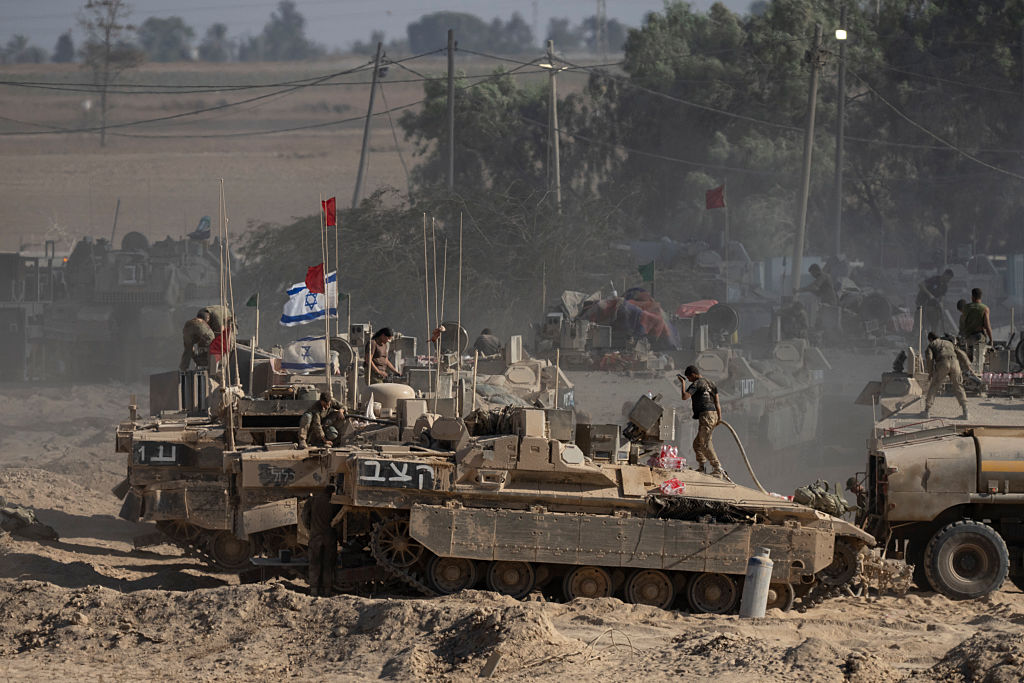

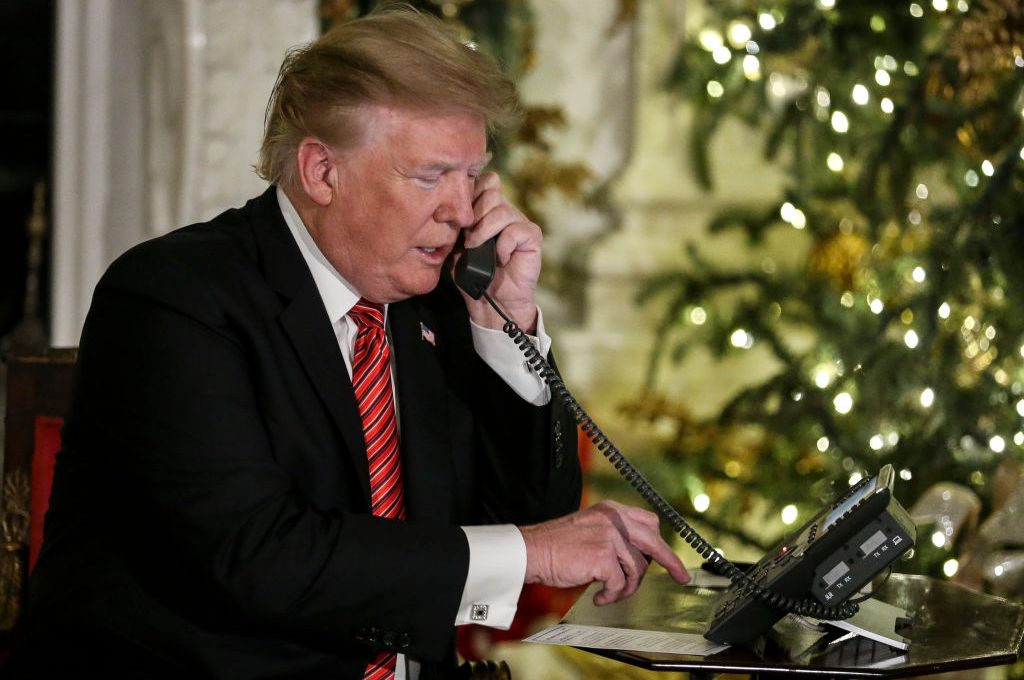
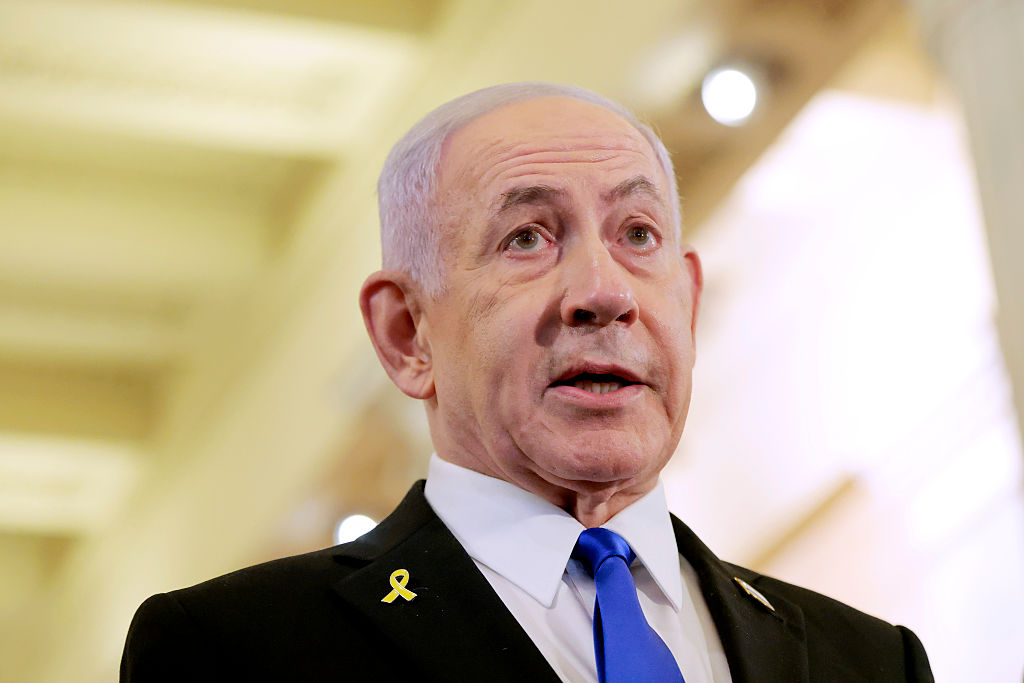

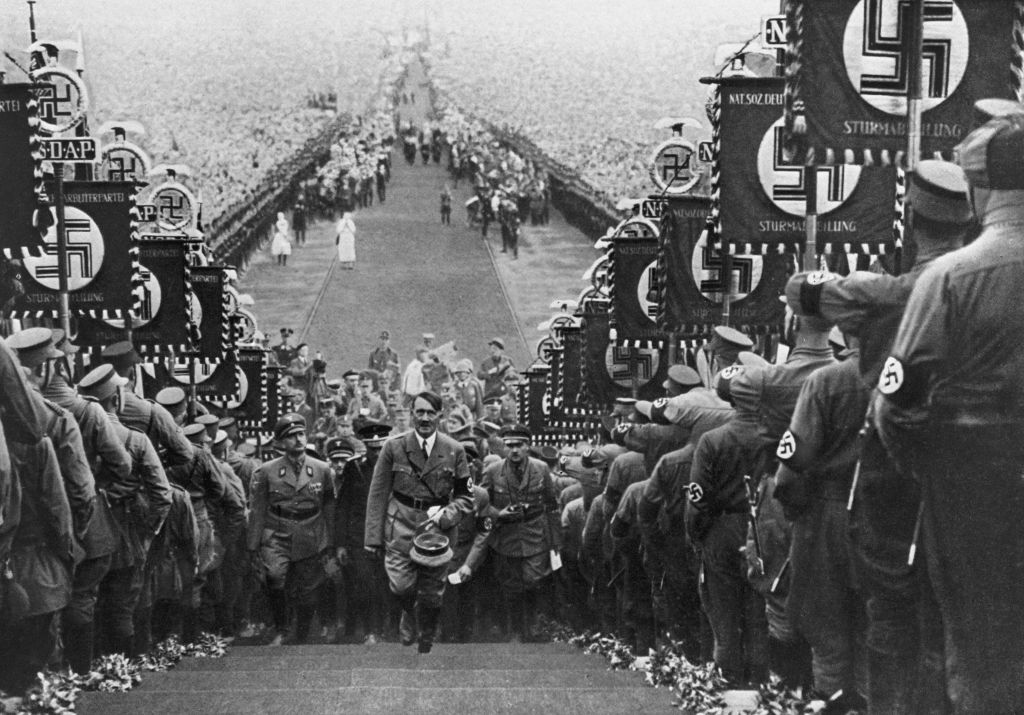







Leave a Reply